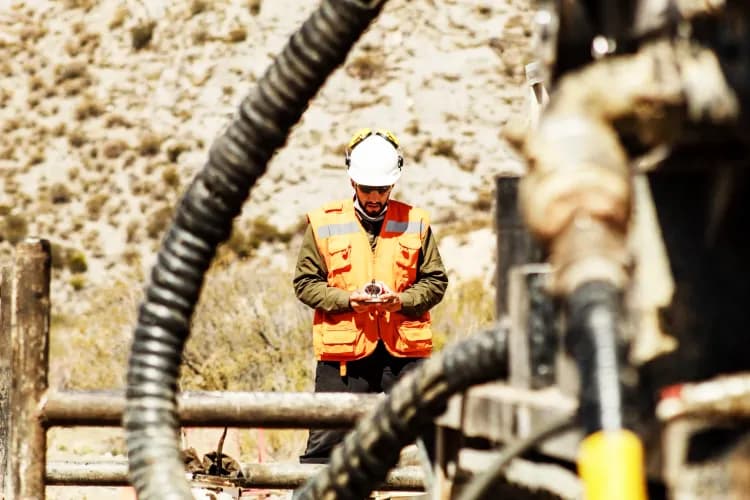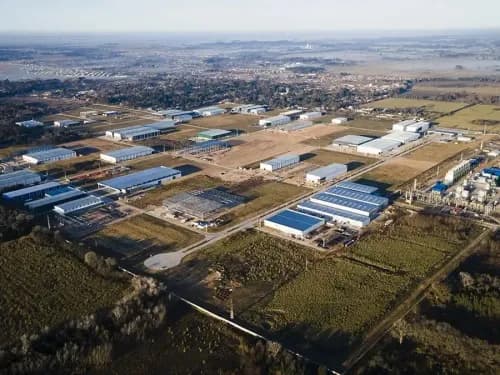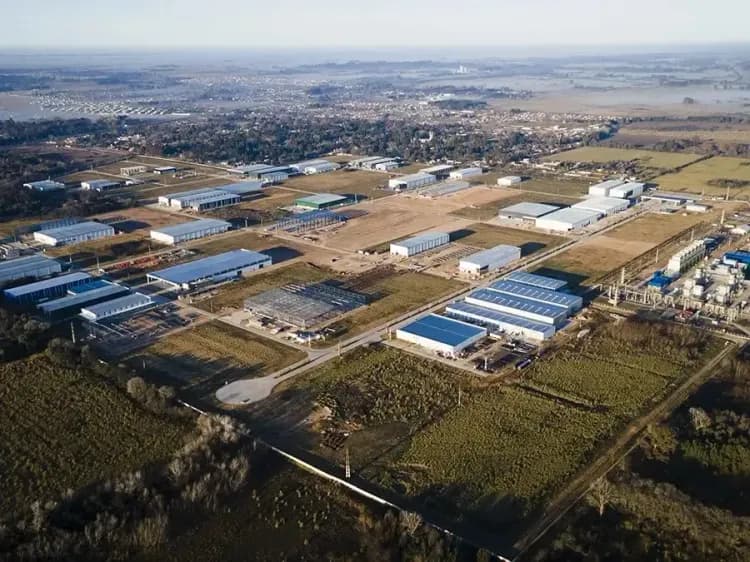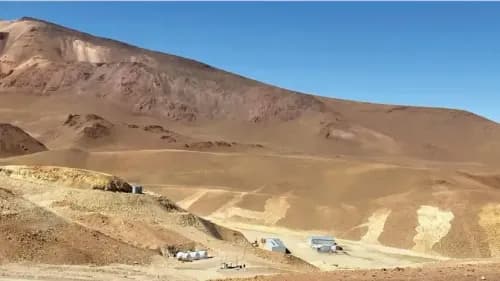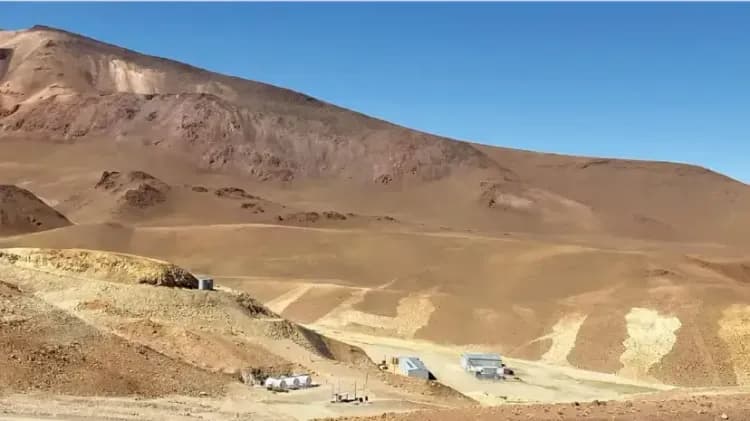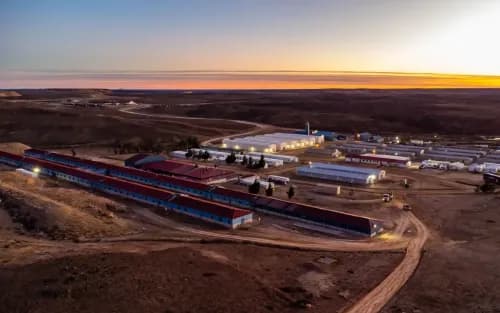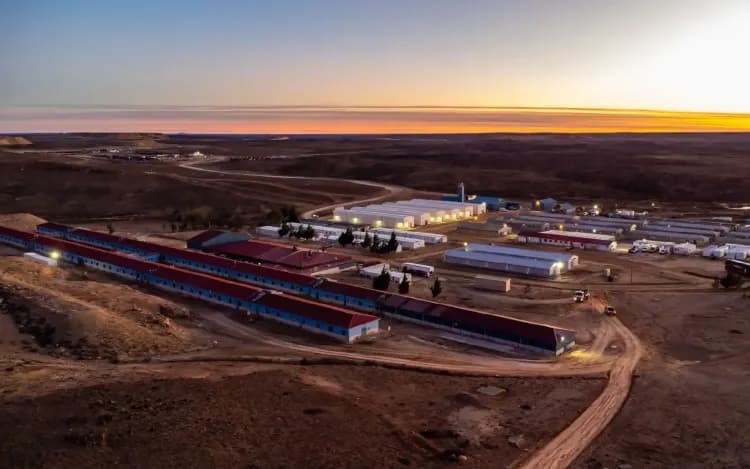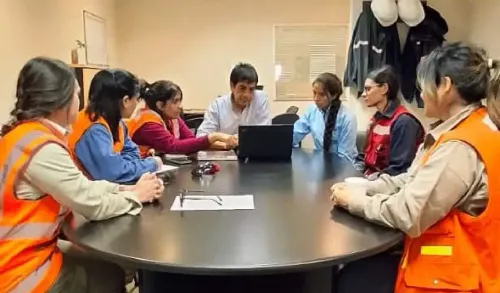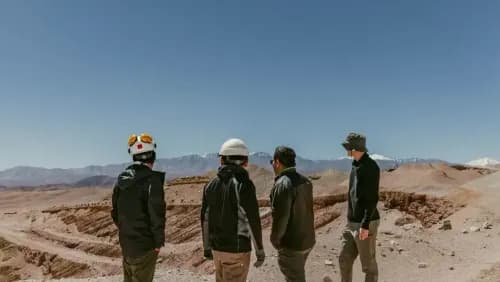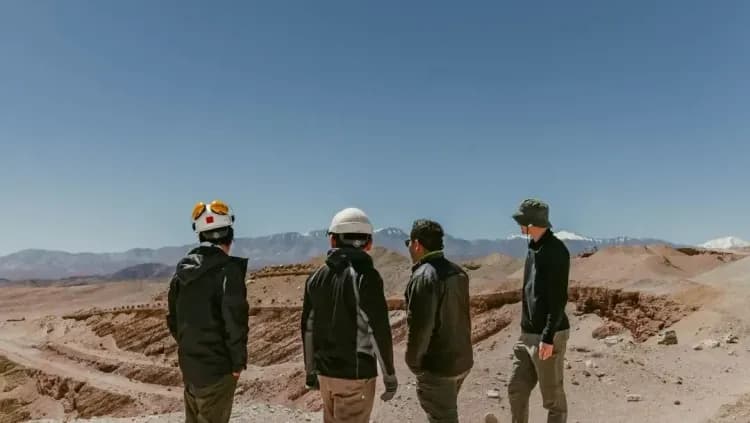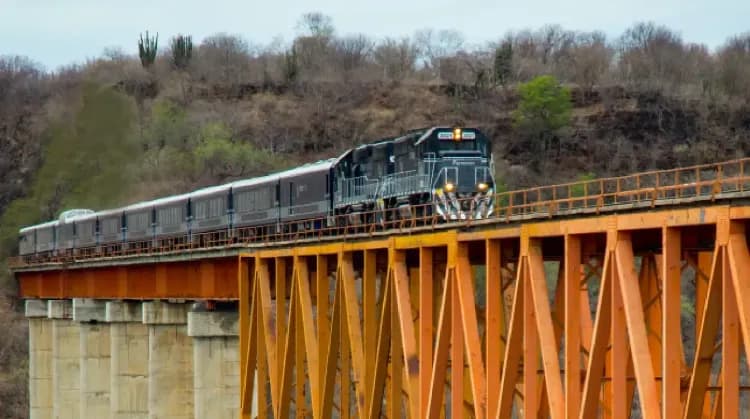In a context of strong growth for lithium and copper in Argentina, Banco Comafi aims to play a leading role in shaping the financial framework behind new mining developments. With a focus on structured financing, supplier support, and tailor-made financial tools, the institution is betting on a specialized banking model with strong regional presence.
By Panorama Minero
In this interview, Panorama Minero spoke with Jeremías Maratta, Mining Business Manager at Banco Comafi, about the role of the financial system in facing the industry’s challenges, the potential impact of the Large Investment Incentive Regime (RIGI), and the financing opportunities available to local suppliers
What role do you think Argentine banks and the local capital market will play in financing mining in the coming years, especially for copper and lithium projects?
The development of mining in Argentina—particularly copper and lithium projects—will require increasingly sophisticated and long-term financing solutions. In this context, the Argentine financial system—both banks and capital markets—will play a strategic and complementary role.
While large copper projects often turn to international financing due to the magnitude of the capital involved, local banks can provide key tools during development and construction phases, as well as for working capital, guarantees, and fiduciary services.
In the case of lithium, where there is greater diversity among players, the local capital market has a concrete role to play in channeling domestic savings into instruments such as closed-end funds and corporate bond issuances. At Banco Comafi, we seek to position ourselves precisely in that comprehensive financing space, with solutions tailored to each stage of project development.
How does the bank view the implementation of the RIGI, and its potential impact on the financial structuring of major mining projects?
The implementation of the RIGI could become a key driver for long-term investment flows. By generating clear rules, fiscal and exchange rate stability, and greater predictability in repayment conditions, the regime helps foster more competitive financial structures.
For local banks, the RIGI opens opportunities on multiple fronts: participating in complementary financing schemes, strengthening the supplier ecosystem, developing fiduciary vehicles, and deepening the local capital market.
The greater the legal and economic certainty, the greater the capacity of the Argentine financial system to support and strengthen large-scale mining projects.
From a credit risk standpoint, what specific challenges does the Argentine mining industry present? How does the bank adapt its financial structures to manage those risks?
Mining has particular characteristics: high upfront investment, long project lifecycles, exposure to international commodity prices, and local regulatory risks.
At Banco Comafi, we understand the mining business and focus our credit analysis on future contracts and projected cash flows—rather than on accounting information, which only offers a historical snapshot of the company. We structure flexible solutions tailored to the profile of each operation.
We also have specialized teams who understand the industry's dynamics in depth, allowing us to provide financial support from early exploration stages through to production and expansion.
What opportunities do you see for local suppliers to access more competitive and sophisticated financing as large-scale mining projects continue to advance?
The development of local suppliers is key to maximizing mining’s economic impact in the country. However, many of these companies face credit access barriers due to a lack of history, insufficient guarantees, or timing mismatches.
At Banco Comafi, we’ve developed specific financial tools for this segment: invoice discounting, financing backed by contracts with mining operators, long-term contract-backed lines of credit, and shared guarantee schemes.
The main challenges remain the deepening of the local capital market, macroeconomic predictability, and the creation of mechanisms that allow for longer-term, competitively priced financing.
What is the bank’s view on the need for financial infrastructure in mining provinces such as San Juan, Catamarca, Salta, and Jujuy?
Financial infrastructure in mining provinces is essential for mining development to have a truly federal impact. The presence of financial institutions with sector-specific knowledge—such as Banco Comafi—makes it possible to bring targeted financial products to local actors.
Key barriers to address include regulatory stability and more agile guarantee schemes. I believe that public-private coordination is essential to building a solid financial ecosystem capable of supporting sustained mining growth.
What role does mining play in the bank’s positioning strategy? Which industry actors are you targeting?
Mining currently plays a strategic role in Banco Comafi’s growth plan. We support both major international mining projects and the entire value chain: suppliers, contractors, industrial and logistics services.
Our offering includes structured financing, access to capital markets, leasing, fiduciary services, guarantees, supplier development programs, and cash management solutions tailored to the mining operational cycle. We aim to be a specialized financial partner—close, knowledgeable, and flexible enough to adapt to the needs of each company operating in the provinces.
What sets Banco Comafi apart from other banks in terms of its financial offering to the sector?
Our main differentiators are specialization, proximity, and flexibility. We have commercial and technical teams dedicated exclusively to the mining sector, which allows us to deeply understand the unique needs of each project.
Our agile structure allows us to design custom solutions, combining traditional banking tools with capital market instruments, fiduciary services, leasing, and tailored guarantee structures.
In addition, our work alongside The Capita Corporation and other companies within the Comafi Group allows us to offer an integrated solution—not only financing large-scale projects, but also supporting the development of local suppliers and contractors, thereby contributing to the sustainable growth of the entire mining value chain.


